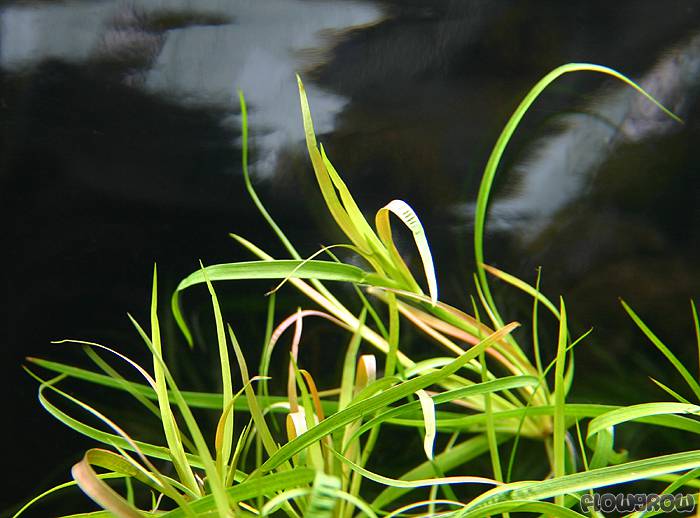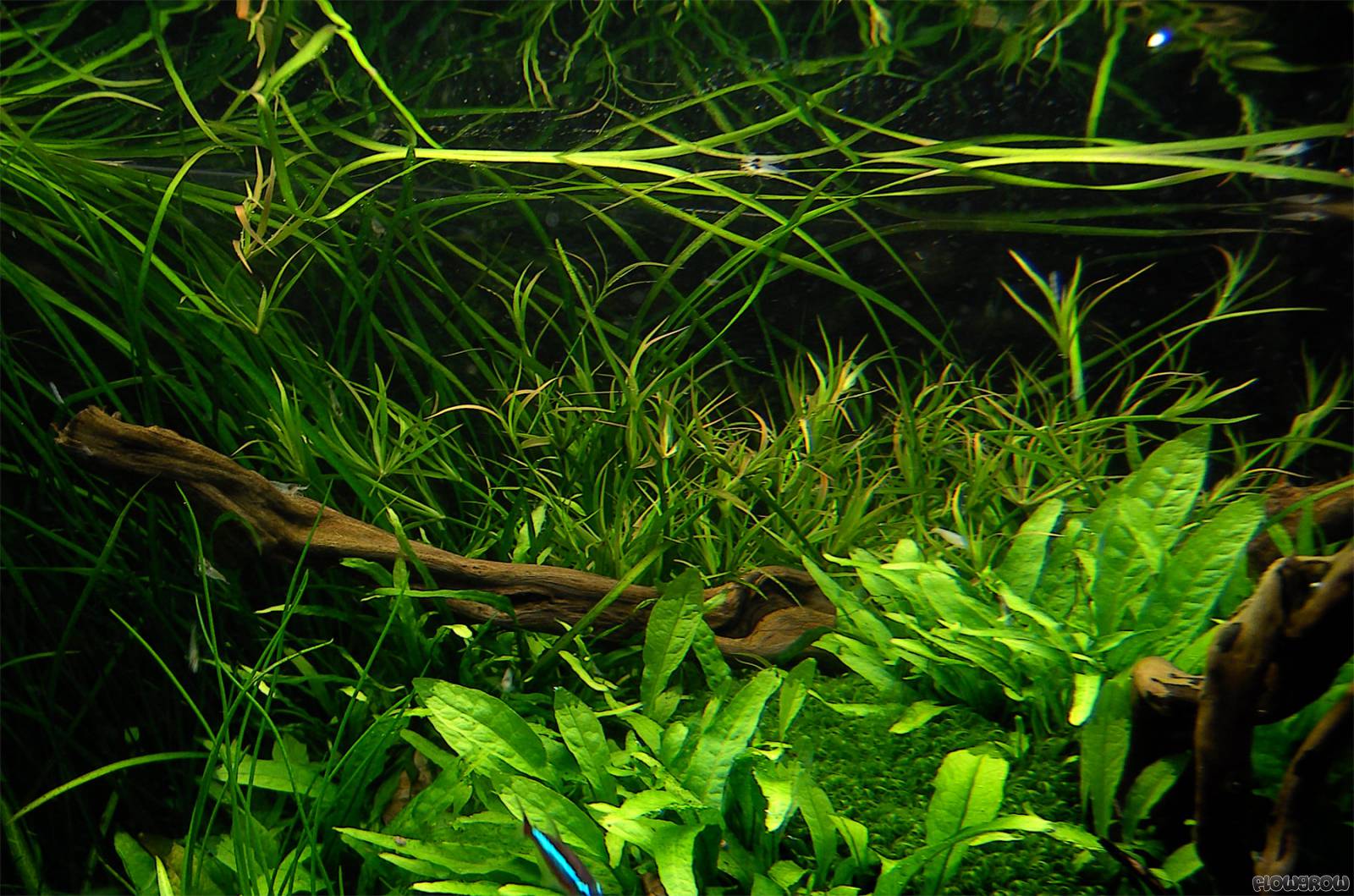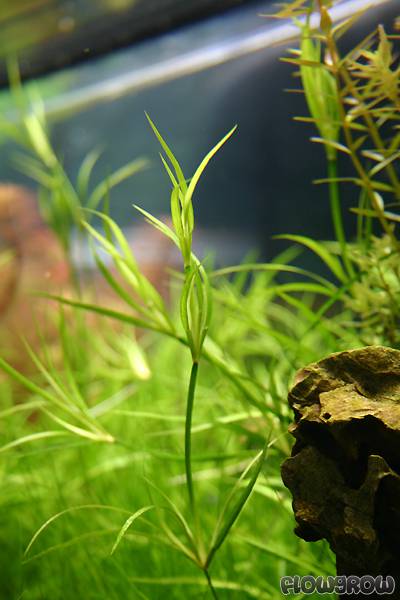In the vast and diverse world of aquatic fauna, one of the unique jewels you may encounter is the Mexican Rush. This aquatic plant, officially known as Juncus mexicanus, forms an important part of the ecosystem in which it thrives. This article explores the taxonomy, morphology, and environmental preferences of the Mexican Rush, providing deeper insights into its distinct characteristics and the roles it plays in various environmental contexts. By absorbing the content herein, you’ll gain comprehensive knowledge about this particular aquatic plant’s intrinsic attributes, widespread habitation, its benefits, and potentially rewarding ecological contributions.

Overview of Mexican Rush
Mexican Rush is a stunning semi-aquatic species that belongs to the Juncaceae family. Scientifically named Juncus mexicanus, this plant is typical to marshy areas, showcasing its distinctively slender and upright stems coupled with inconspicuously small flowers.
Scientific Definition
The Mexican Rush, or more scientifically known as Juncus mexicanus is a species within the Juncaceae family. The plant is a monocot, allowing its fibrous roots to grow parallel to the ground which are ideally suited to lowland ecosystems and marshy regions. This aquatic plant and its relatives are generally identified as members of the rush family.
Common Names
While Mexican Rush is the most common name adopted for this plant, it is known by a diverse set of names across distinct geographical regions. Other widely adopted monikers for the Mexican Rush include Mexican Rushweed, Wire Grass, and Toad Rush.
Native Habitat and Regions
The Mexican Rush is predominantly found in North America, extending across regions from southern Canada to northern Mexico. It is typically found flourishing in damp or wet habitats. The plant is quite environmentally adaptable, being found in regions ranging from coastal areas, marshes, wetlands, to lakeshores.
Physical Attributes of Mexican Rush
This distinctive plant has specific physical features that set it apart from other members of its family. The Mexican Rush can be easily identified by its wiry reed-like shape, dark green color, and small seeds which often come encapsulated within tiny flowers.
Size and Shape
The Mexican Rush generally grows to a height of two feet, with some variants growing up to three feet. The plant boasts a cylindrical, wiry shape. Its long, erect, and thornless stems are thread-like that maintain their rigidity and stiff form all year round.
Color and Texture
The foliage of the Mexican Rush plant is deep green in color, and the plant maintains this hue throughout the year. In terms of texture, the plant exhibits a rough exterior with a prominently round stalk.
Flower and Seeds
Although the flowers of Mexican Rush are not its primary allure, they attract attention for their minuteness. The plant produces tiny brown clusters of flowers from spring to summer, which later produce small, capsule-like seeds.
Planting and Cultivation
The Mexican Rush is a notably low-maintenance plant. It adapts to various soil types and is particularly suitable for semi-aquatic environments.
Recommended Soil Type
Mexican Rush grows well in a range of soils: sandy, loamy, and clay. However, the plant thrives best in loamy and sandy soil that is well-drained yet retains moisture.
Optimal Light Conditions
The plant requires full sun to part shade for optimal growth. However, it can tolerate a couple of hours of shade if it’s getting substantial sunlight for most of the day.
Ideal Water Requirements
As an aquatic and marsh-dwelling plant, Mexican Rush requires ample moisture and can even tolerate occasional flooding. Regular watering is recommended, particularly during dry periods.
Propagation Methods
Propagation, or reproduction, of Mexican Rush can be achieved through seeds, cuttings, and division of the plant.
Through Seeds
You can harvest the mature seeds of Mexican Rush from the tiny brown flowers. These seeds can be sown directly into the ground or first germinated in a nursery bed before transplantation.
Via Cuttings
The plant can also be propagated by making cuttings of the mature, healthy stems. These cuttings can then be planted into a pot or directly into the soil.
Division of the Plant
Division of the plant during late winter to early spring is another effective method of propagation. This is done by dividing mature clumps into new plants. The divisions can then be replanted immediately into their permanent spots.

Ideal Conditions for Growth
Similar to other members of the Juncaceae family, the Mexican Rush has specific environmental preferences. These involve temperature ranges, water pH levels, and soil nutrients.
Temperature Range
Mexican Rush is able to withstand a wide temperature range, from moderate cold to high heat. However, it shows optimal growth in mild to warm temperatures.
Water Quality and pH Levels
While the plant can handle variations in water quality, it ideally prefers neutral to slightly alkaline water pH levels.
Soil Nutrient Requirements
Mexican Rush is a hardy plant capable of growing even in poor nutrient conditions. Nonetheless, it appreciates a soil rich in organic matter for optimal growth.
Role in the Ecosystem
The Mexican Rush is not only aesthetically pleasing but serves multiple essential roles in the ecosystem.
Wildlife Attraction
The plant’s seed and dense foliage provide a food source and safe nesting space for several bird species, while its stems and leaves support a variety of insects.
As a Part of Aquatic Food Chain
The Mexican Rush acts as an essential link in the aquatic food chain, providing sustenance for various organisms, and its decay provides organic matter for detritivores.
Habitat Provision
Its unique growth habit towards marshy and wetlands offers an ideal habitat for many amphibians and small mammals.
Common Diseases and Pests
Although Mexican Rush is a hardy plant, it can be susceptible to common plant diseases and pests.
Known Diseases
The most common diseases that may afflict the plant include root rot and fungal infections, often due to overwatering or poor draining soils.
Common Pests
Common pests include aphids and snails. Aphids can be controlled with gentle washing or targeted pesticide use whereas snails can be manually removed.
Effective Treatment and Prevention
Treatment options include the use of fungicides and well-draining soil to prevent fungal diseases. Regular monitoring and manual removal can efficiently control pest infestations.
Use in Landscaping and Decoration
Mexican Rush offers flexible decorative uses due to its upright growth habit and all-year-round green color.
Use in Pond and Pool Decoration
Given its semi-aquatic nature and aesthetic appeal, it widely serves as an embellishment around ponds and pools.
As a Border Plant
Its unyielding, upright growth makes it an ideal candidate for a border or edging plant along pathways and fences.
In Rock or Zen Gardens
The contrasting green of the Mexican Rush can add a pleasing visual element when incorporated into rock or Zen garden landscapes.

Potential Threats and Conservation
While beneficial to many environments, the Mexican Rush can also pose certain risks.
Invasive Characteristics
This plant, under certain conditions, can show invasive growth, crowding out native plant species.
Environmental Impacts
Invasive uncontrolled growth can disrupt ecosystems by replacing native species, impacting flora and fauna dependent on the displaced species.
Conservation Efforts
It is crucial to monitor and manage plant growth to verify the plant doesn’t invade unforeseen habitats.
Interesting Facts about Mexican Rush
Mexican Rush has an array of interesting cultural and folkloric facets that underscore its significance beyond the ecological sphere.
Cultural Significance
In some cultures, the Mexican Rush is seen as a symbol of humility and flexibility due to its origin in marshy areas and adaptable features.
Lesser-known Uses
Traditionally, indigenous tribes have used this plant’s stems to make baskets and mats due to their stiff and durable nature.
Myths and Folklore
Among certain societies, Mexican Rush is believed to bring good luck. It is also associated with love and protection myths in some folklores.
In conclusion, the Mexican Rush proves to be an enriching addition to practically any garden or aquatic landscape. This versatile, low-maintenance, and fascinating plant showcases the multifaceted advantages of incorporating aquatic plants to enhance our ecological and aesthetic surroundings.


